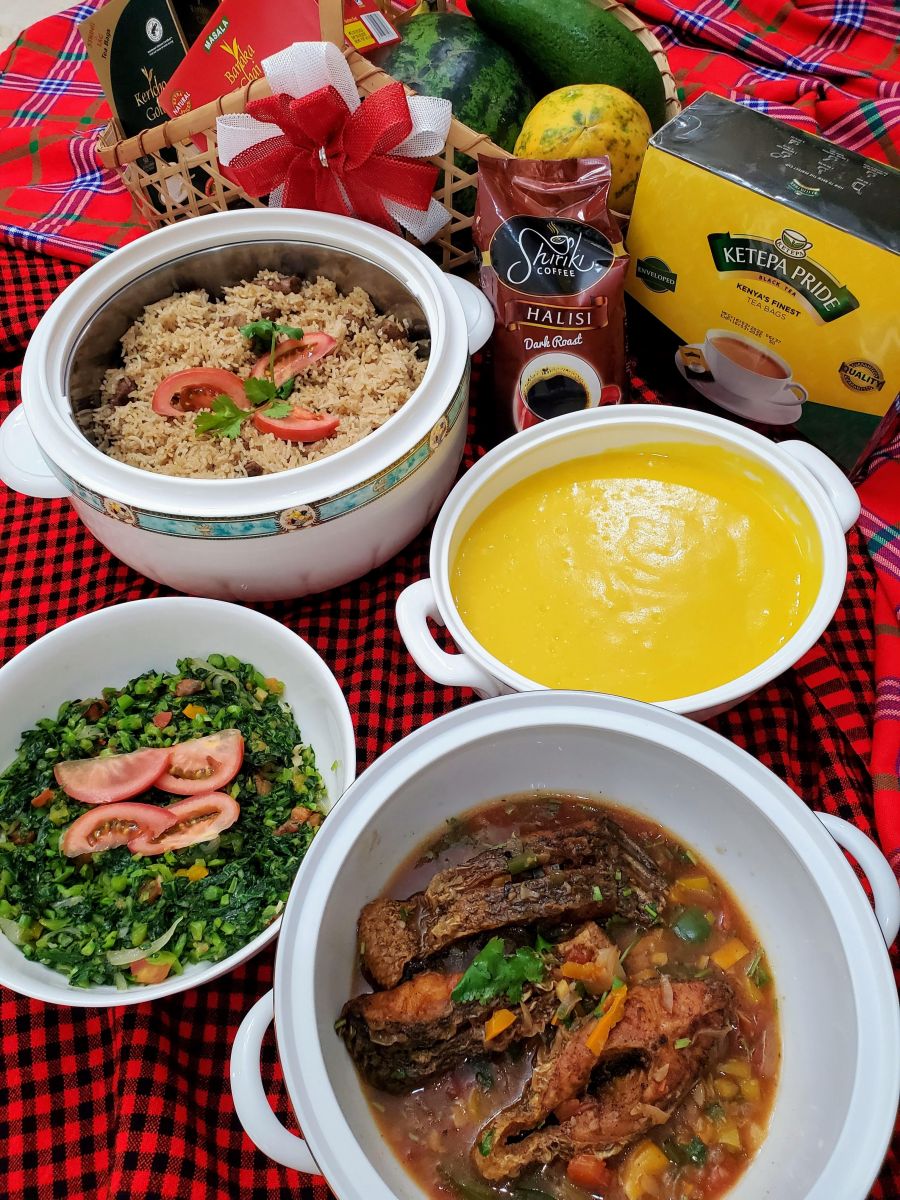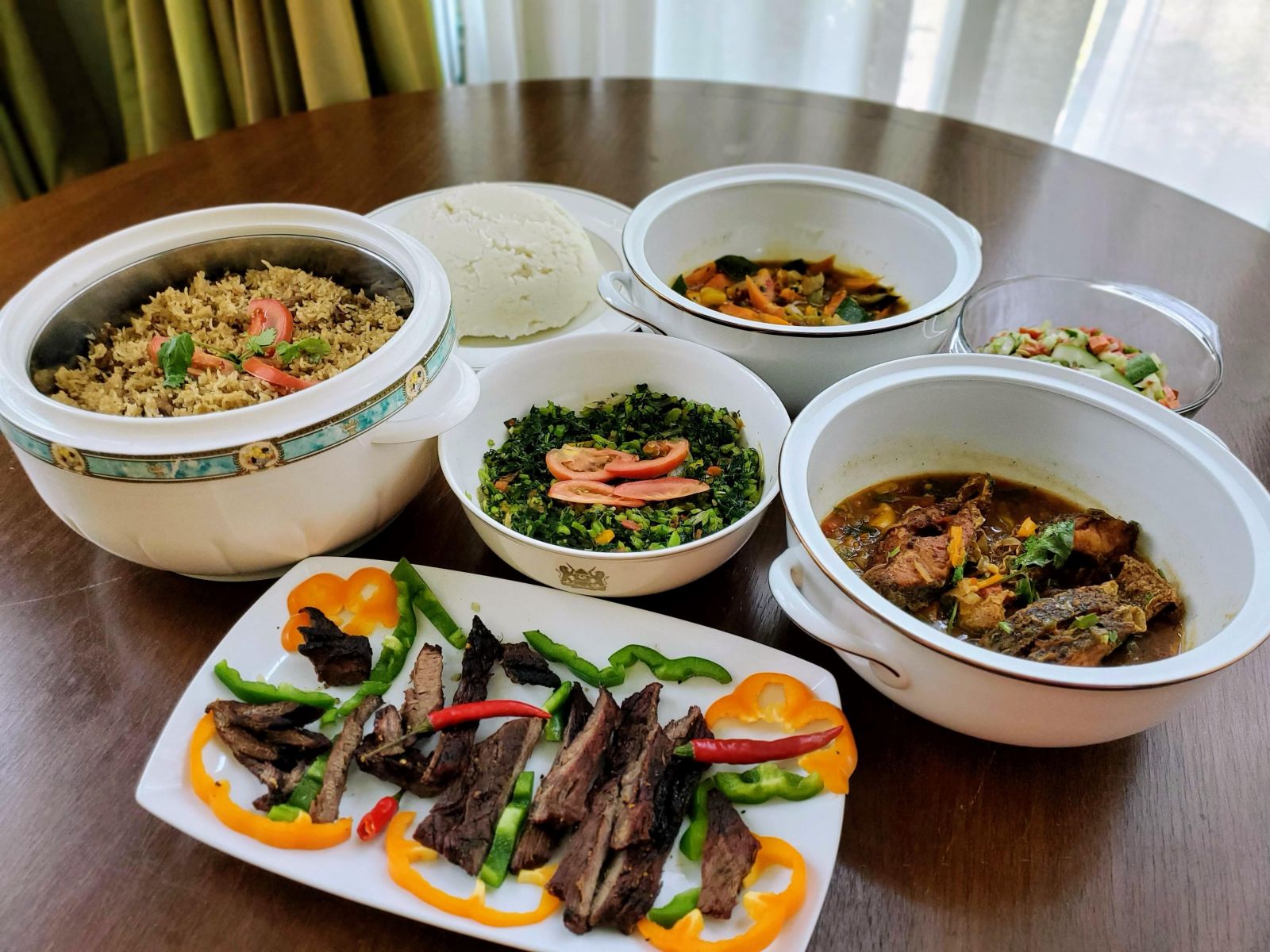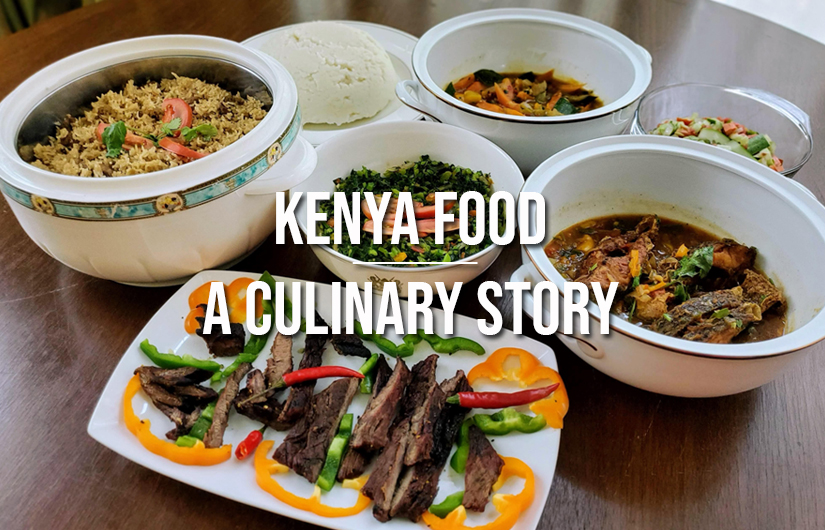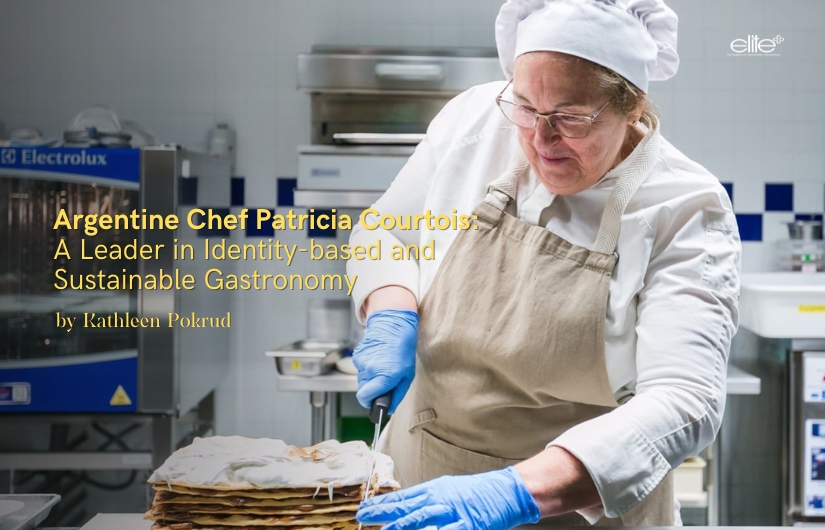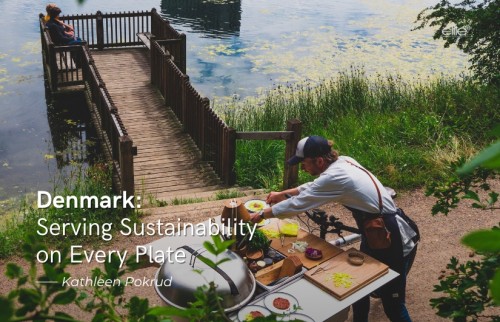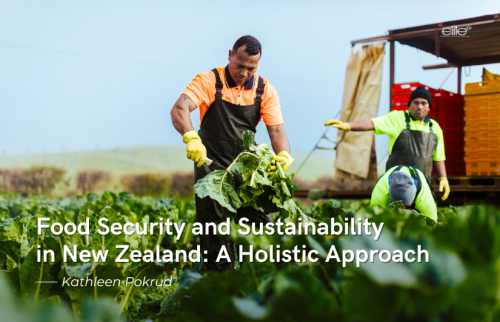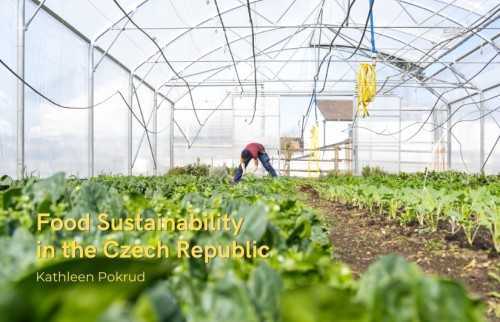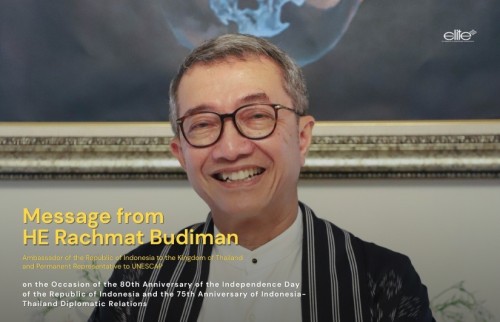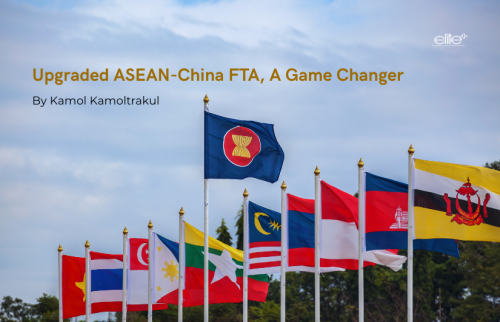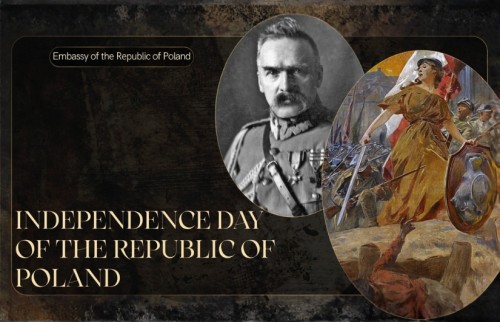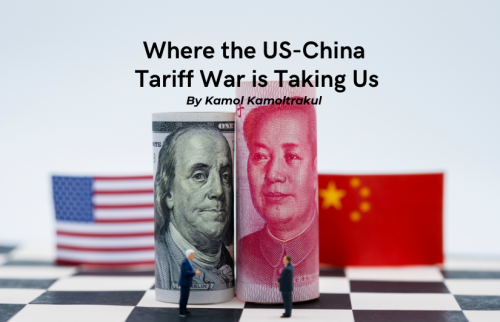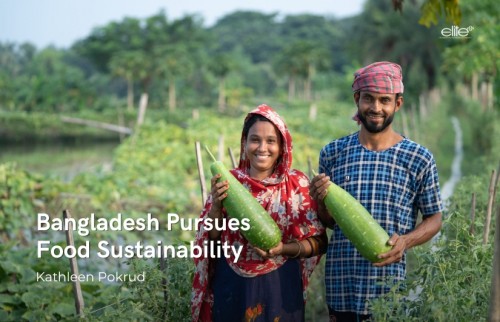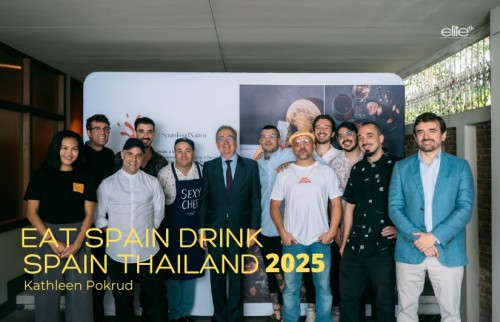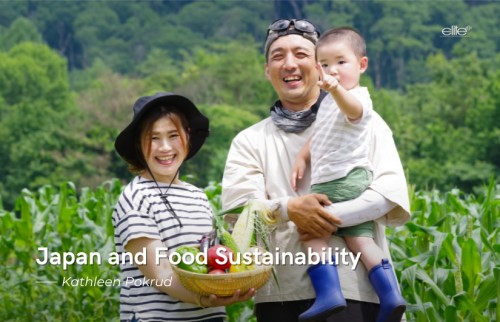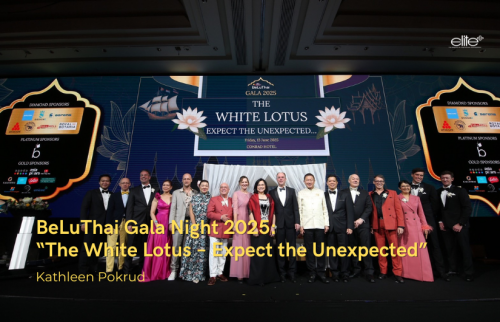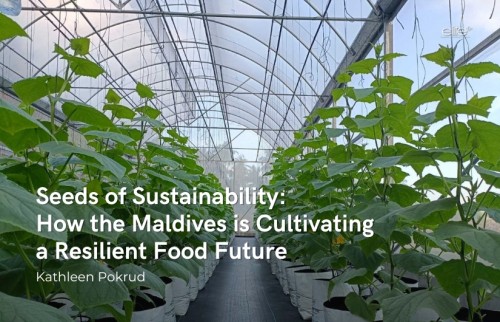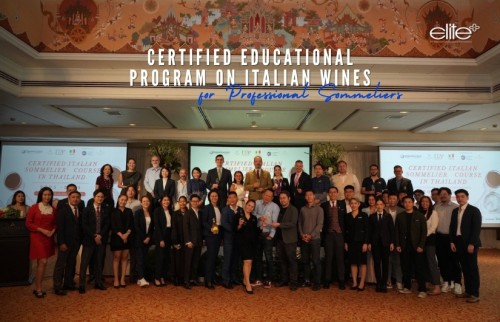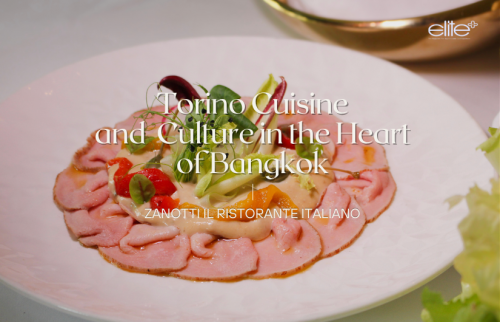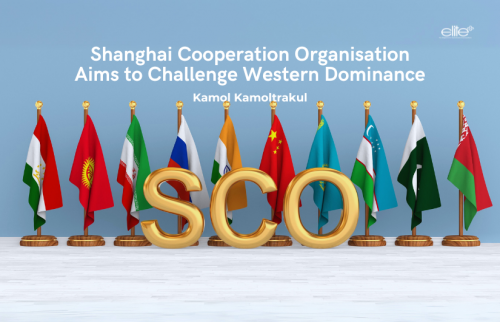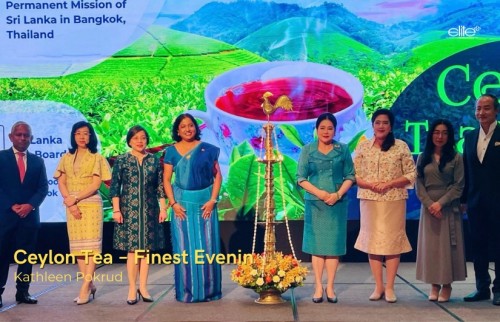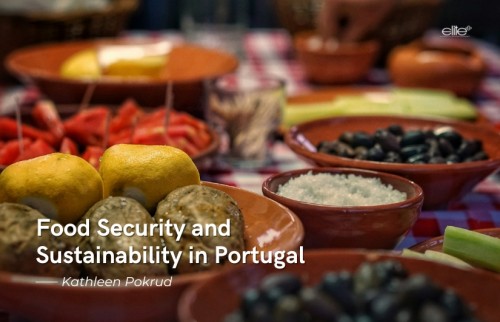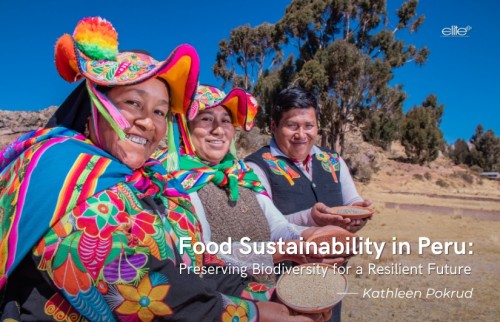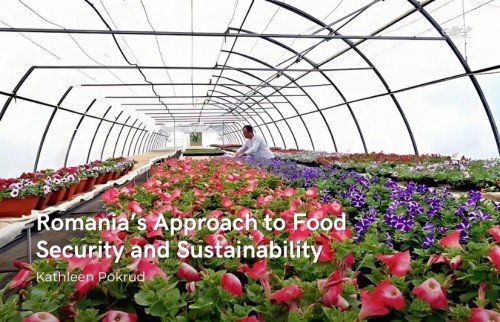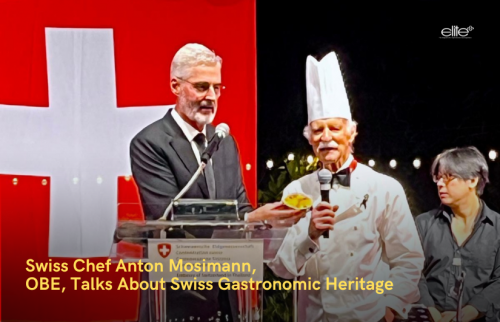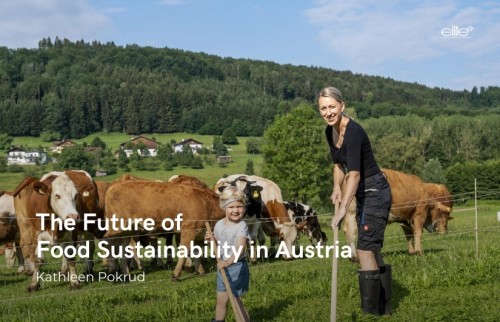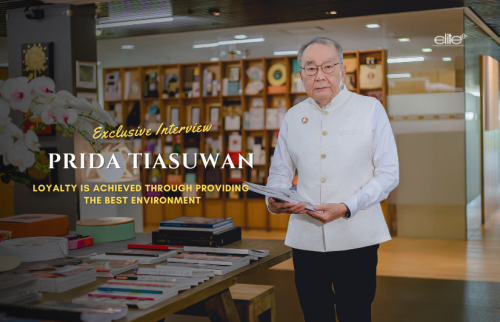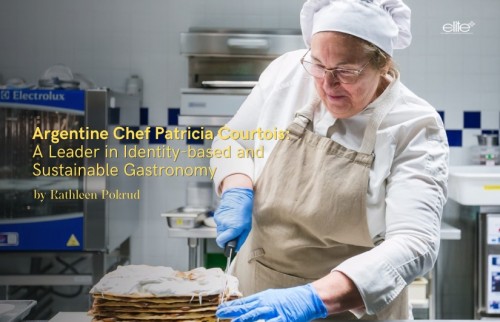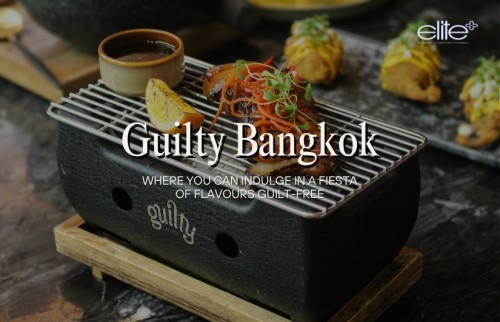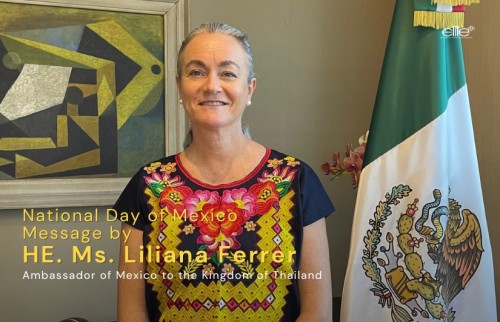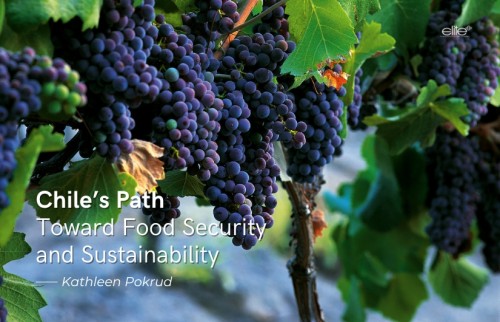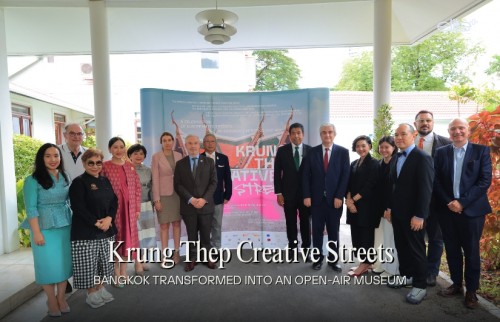photo by Jenny Chan and Teresa Biesty
The story of Kenyan cuisine is as old as the first human settlement in East Africa, of which present day Kenya is a part. Prior to Kenya becoming a British colony in the 1900s, the country had already been settled by a horde of African tribes who entered the region from different directions. With them came the different dishes that make up part of Kenyan cuisine as they also brought millet, sorghum and their traditional livestock products, herbs and vegetables.
The second part of the Kenyan cuisine story is attributed to the arrival of foreigners, notably the Portuguese, Arabs and Indians, who settled along the Kenyan coast and later moved into the interior. With them came foreign products like maize (corn), bananas, spices and wheat, amongst others. Over time, these were used to create localised dishes that have given the Kenyan cuisine the character that we have today.
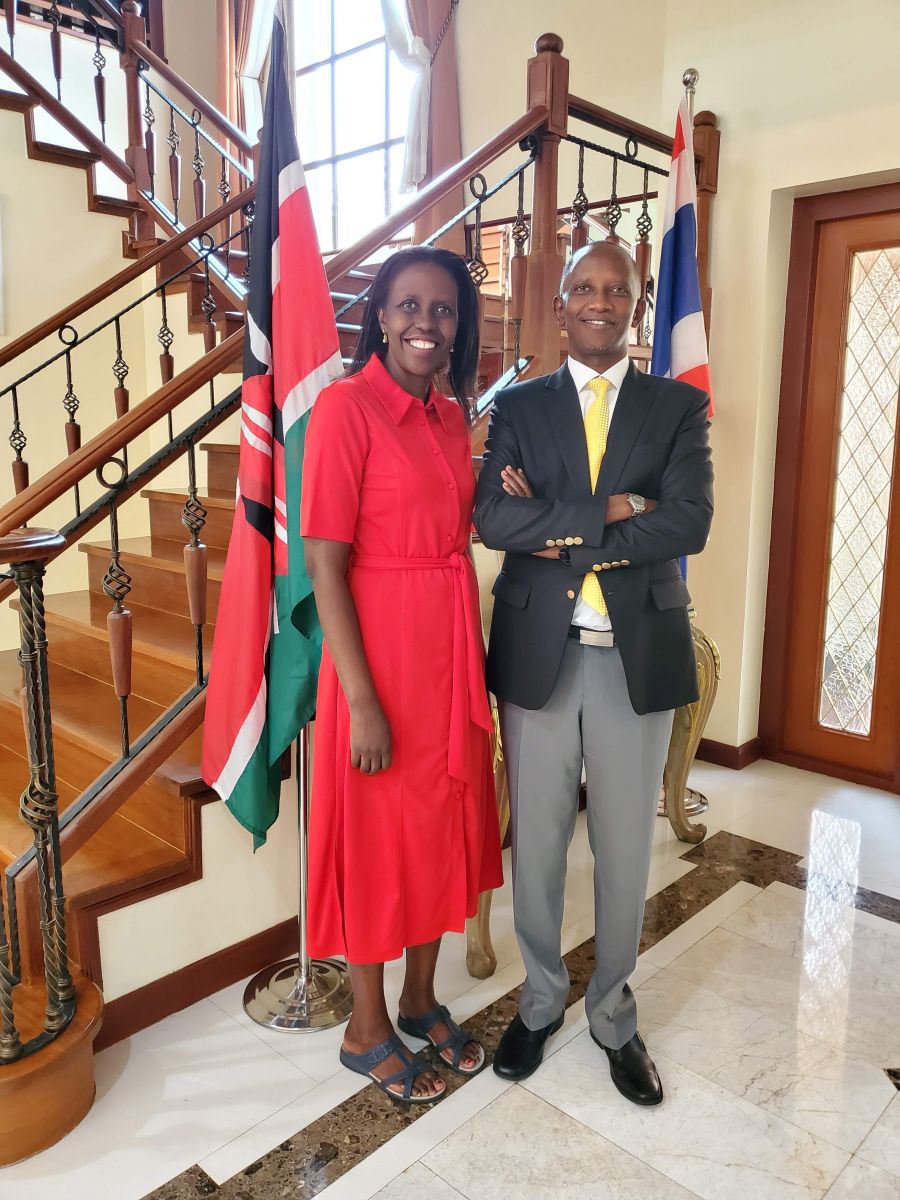
Therefore, with the more than 45 different dishes from our diverse communities, made up of African, Arab, Swahili, Indian and European, it is no surprise that Kenya has one of the most diverse cuisines in the world today. With more dishes arriving from China, Thailand, Japan and Korea, who knows what will happen in the future; we might have a new combination of Afro-Oriental cuisine, just like Afro-European or Afro-Arab foods. These diverse influences provide a rich and wide range of different foods consumed in Kenya. But while some dishes may be popular among certain communities or regions only, the most popular dish in Kenya today that tends to be a uniting factor is ’nyama choma’ (roast goat/beef) eaten with ‘Kachumbari’ (salad) and ‘ugali’ (ground corn cooked in boiling water until it is solid).
Story by Kathleen Pokrud
Kenya is famous for its beautiful safari destinations and great wildebeest migration. With the growing popularity of food tourism, Kenya represents a new place for adventurous ‘foodies' to explore on the African continent. I sat down with Madame Pamela Jebichii Kiptiness, spouse of the Kenyan ambassador to Thailand, to learn about Kenyan food culture.
Kenya is a country made up of multiple tribes, and almost every community has its own unique dish. Madame Pamela described the history of Kenyan cuisine, saying, “Our cuisine can be traced back to the earliest migrations around 300 AD. This is when the Bantu tribes migrated from central Africa, intermingled with Nilotes, Cushites and Arabs. As they intermarried came the emergence of the Swahili culture that led to an emergence of a tasty food culture. During this time of migration, the main foods were sorghum, wild millet, barley, wild rice, wild fruits and honey. The people, known as the River-Lake Nilotes, fished a lot because they lived by the Nile while those who lived on the plains lived on meat, animal blood and milk as they kept cattle.
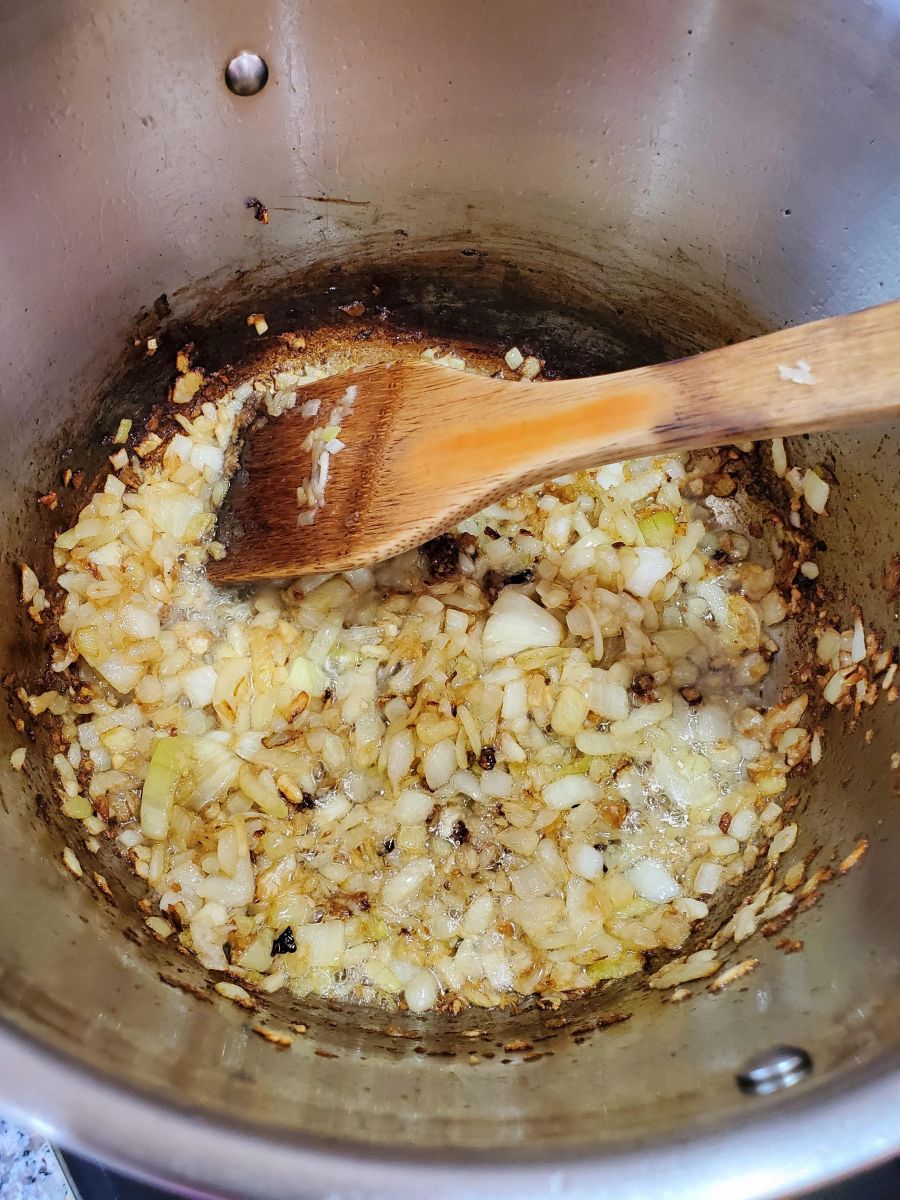
Around 600 AD, the Phoenicians and Egyptians arrived at the coastal area of Mombasa. This saw the introduction of seafood, for example mangrove crab. Later, came Arabs from the Middle East who were searching for fresh spices from Zanzibar (East Africa). This is when sugarcane and rice were introduced. Cooking was not very elaborate as it is today.
As the search for spices grew, Indians joined in the race and later settled on the East African coast, introducing peas, wheat flour and different styles of cooking. The Portuguese followed the Indians, and they introduced maize and beans, which have their origins in South America. The Portuguese also introduced potatoes, peanuts, tomatoes and bell peppers. The book, Food Migration: A Culinary Journey Through East Africa, by Nduati explains that with the British occupation, bread, pizza and burgers joined the Kenyan menu.
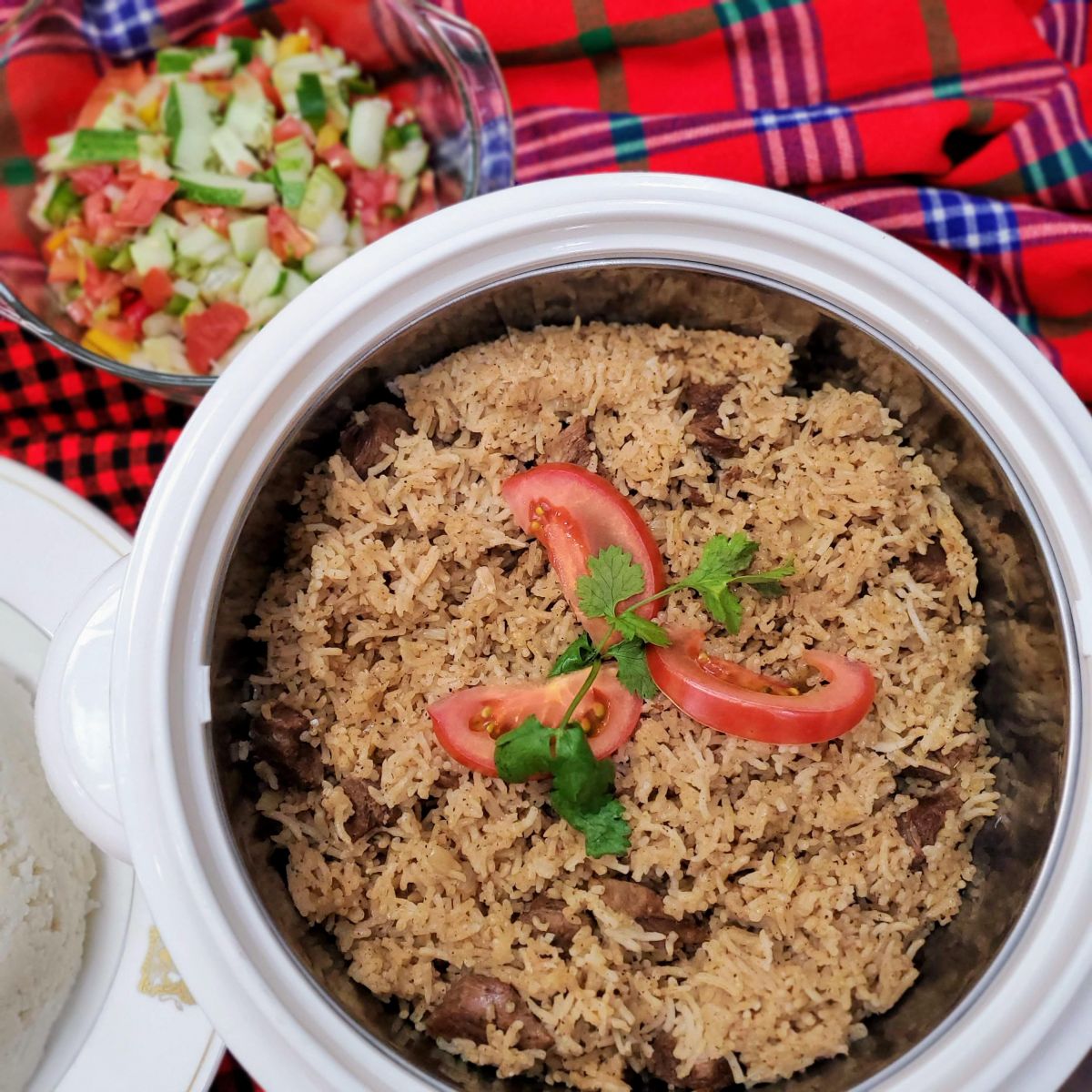
Kenyan cuisine currently enjoys a wide range of foods and cooking styles. It has evolved to become a world-class cuisine. Madame Pamela further shared, “2021 was the seventh time that Kenya was ranked the best country for safaris, according to Pulse magazine in December last year. Following this acclaimed safari reputation, Kenyan food has also received a lot of excellent reviews all over the world. The Nairobi based Hero Restaurant was voted amongst the top 50 best restaurants in the world last year. Along the coastal beaches and on the safari routes, there are many five star hotels, like Movenpick, Villa Rosa Kempinski and Fairview, that serve top notch Kenyan cuisines.”
On the topic of food culture in Kenya, I asked Madame Pamela what makes her country’s cuisine unique. She answered, “Kenyans like to eat food they know the source of. The majority of Kenyans grow organic crops, which means most of what is served is organic. Another unique fact is that we use a slow cooking method and do not use a lot of oil. Our people prefer boiled food as opposed to stir-fried, which is common in Asia. The use of spices is mainly limited to the coastal areas but has quietly taken root in other parts of the country.”
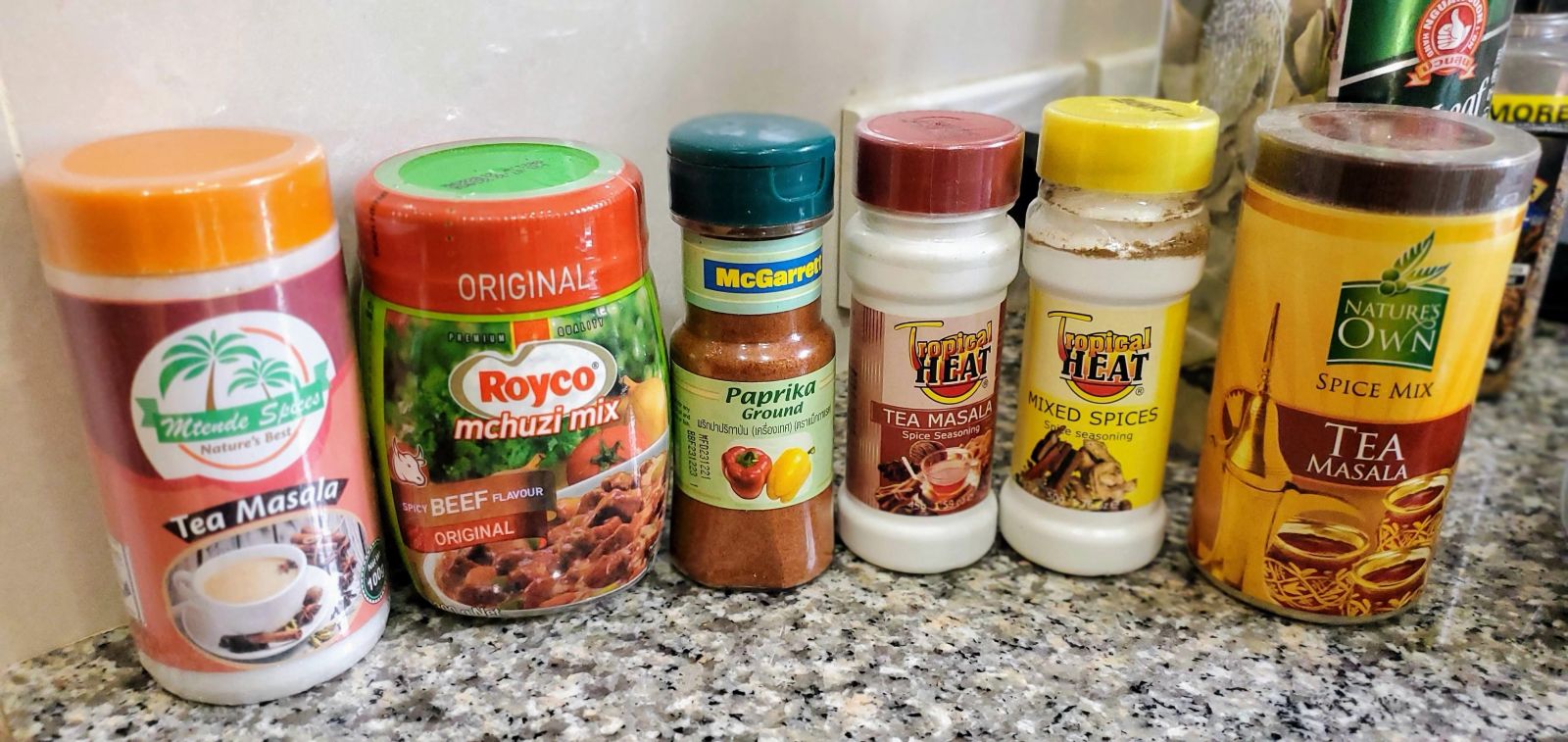
I asked about whether there is any traditional style Kenyan cuisine and how Kenyan food has been influenced. Madame Pamela explained, “Our traditional cuisine is ‘Ugali ya Wimbi’, which is made using millet flour cooked in hot water for not less than thirty minutes. Sometimes, it can be mixed with sorghum flour. It is eaten with fermented milk, which is mixed with traditional herbs to protect the digestive system. It can also be served with traditional vegetables, for example, nightshade (managu) or meat. However, for some it is taboo to eat both vegetables and milk together.” That is from Kalenjin culture; each region has its own preserves.
“The geographical regions and availability of rain influence Kenyan cuisine. Kalenjin grow millet and sorghum because they live in areas where rainfall is seasonal; they also raise goats and cows. The River/lake Nilotes people eat a lot of fish because of the availability of fish in Lake Victoria. One of their staples is also ugali, produced from corn flour. We can surely say that our food traditions are influenced by migration and culture. Other differences were created by British settlers who occupied very fertile parts of the Kenya highlands. They pushed Africans to what came to be referred to as 'reserves', semi-arid lands with little rainfall and infertile soils; hence, they raised cows and goats. To get fresh farm products, the herders exchanged meat products for crops. While Kenyans are not heavy coffee drinkers, we are among the top five producers in the world, probably because it was grown by settlers for export only.”
Kenyan cuisine presents a great diversity across the various regions of Kenya. For example, in the Rift Valley region, ugali, made from millet, corn and sorghum flour is eaten with sour milk and meat along with traditional vegetables. In Central Kenya, irio, mukimo and githeri, made from maize, beans, potatoes and various vegetables are mainstays as they were and are farmers. The coastal region enjoys pita, chapati, rice and a lot of seafood mixed with spices. Use of coconut is also common here. The north and north-eastern regions prefer meat from goat, camel and cattle along with milk. Additives, like oil, come from the animals they keep. Spices such as tamarind come from their surrounding environment. Fish, ugali, matoke, traditional vegetables, groundnuts and simsim dominate the western and lake region.
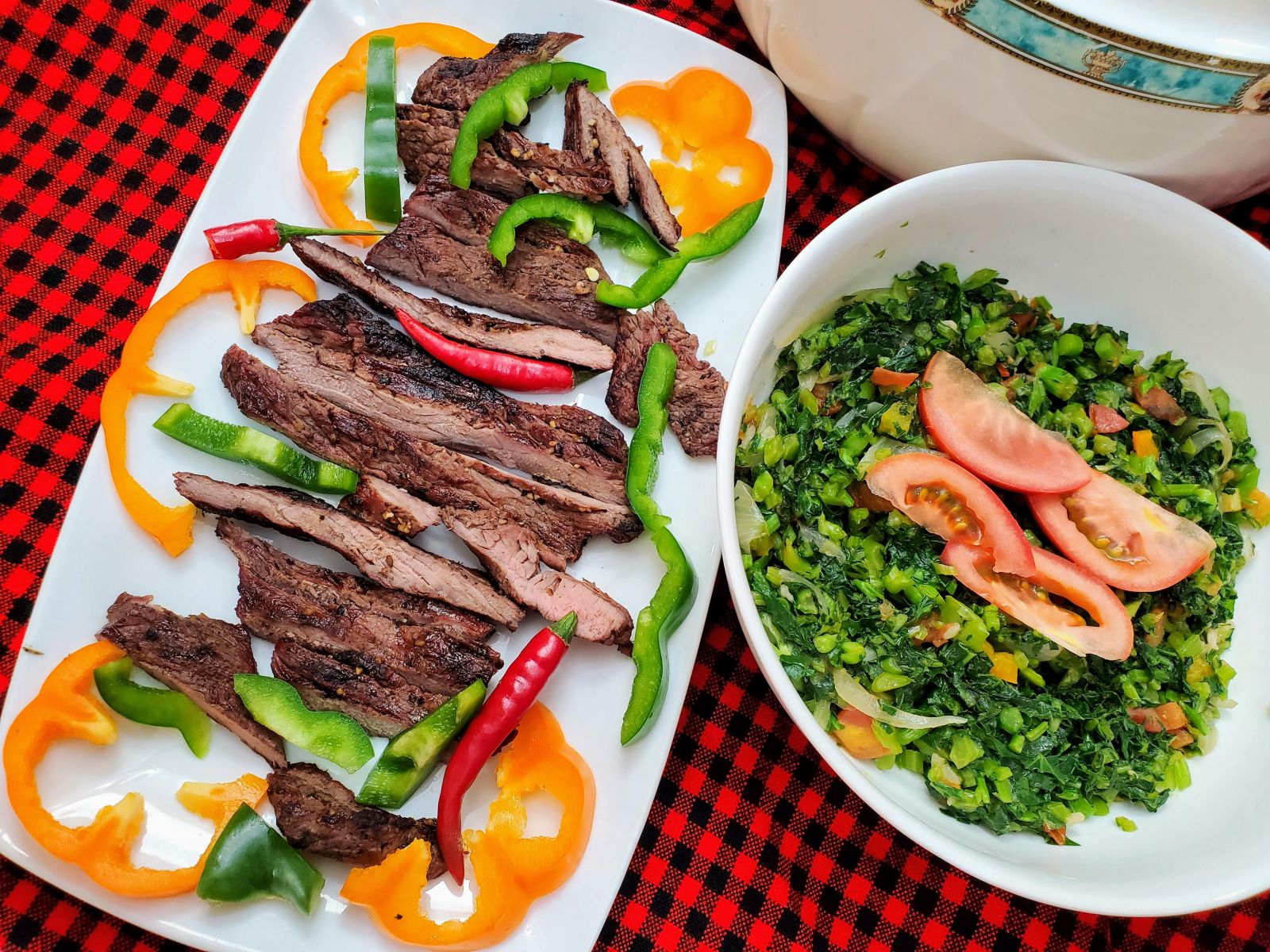
Authentic Kenyan dishes
Kenyan dishes are ugali, irio, roasted or stir fried chicken, nyama choma (meat roasted or boiled), managu (traditional vegetables), matoke (fried green banana), deep fried fish, pilau, mukimo and different types of traditional and modern beer. The most famous Kenyan beer is the 'Tusker' brand. Madame Pamela commented, “Kenyan cuisine has changed over the years. Our cuisine has been on an evolutionary journey, with the coming of traders from the Middle East, missionaries and then colonialists. Kenya was a colony of Britain, and that is why we see a lot of British influence in our cuisine. We now grow and drink a lot of tea and coffee. Kenya boasts the best teas and coffee in the world. To the new generation, traditional is not fashionable anymore. Fish and French fries, burgers and sausages have become more of our daily diet. We have introduced large scale farming of crops like wheat, corn and potatoes. Unfortunately, with this comes the use of pesticides which has led to health issues among our population. Now, traditional meals tend to be more expensive.”
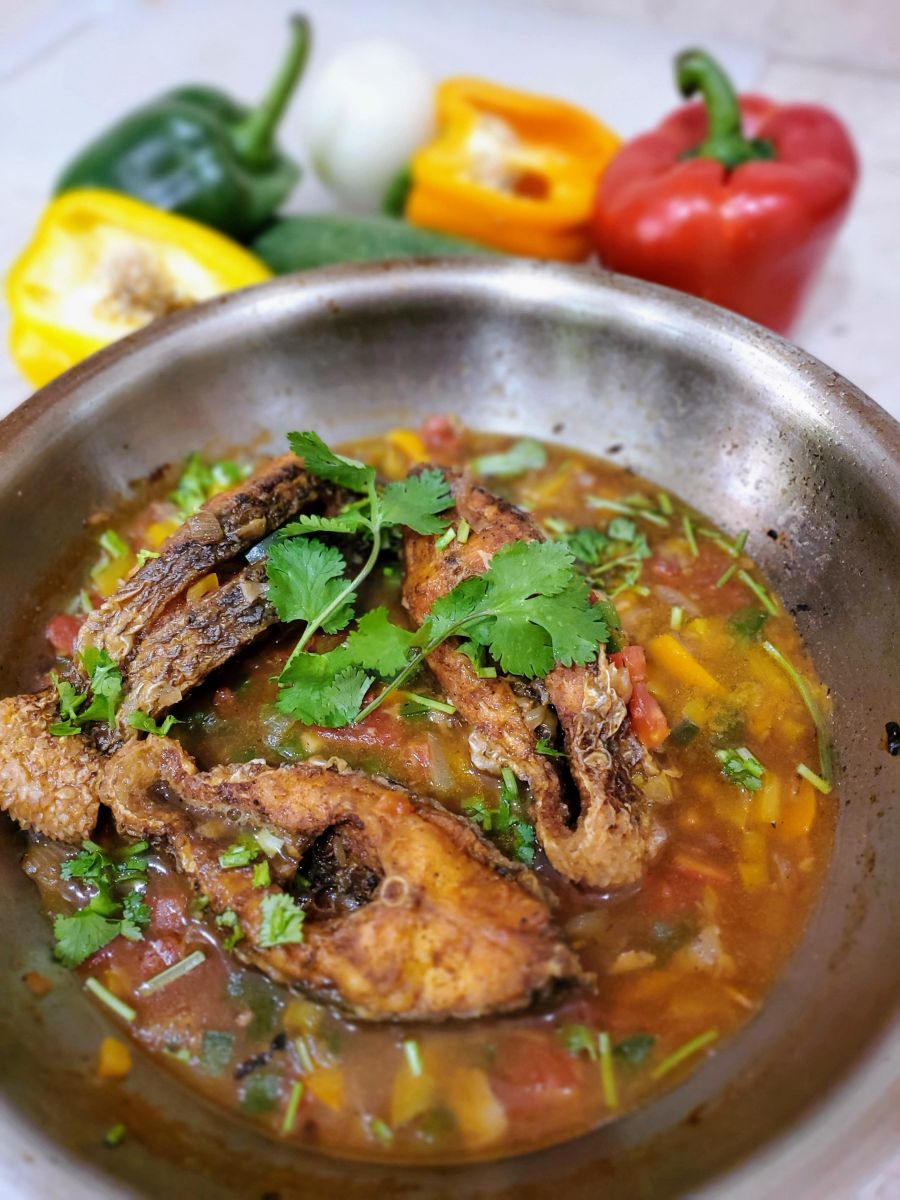
She went on, “In every street and town and homes, we have shifted to modern cuisine. Kenya boasts having some of the best hotels and modern restaurants in Africa, if not in the world. We offer game meats (capped by law) as sometimes we have to cull the herd when their numbers are rising. The coastal waters offer the best crabmeat and lobsters that are even exported to Thailand. Goat and beef are the cheapest and tenderest meat products because they are free range and grass-fed animals.
“Kenya is located on the equator, which means sunshine throughout the year. We have a plentiful supply of fruits and vegetables throughout the year. Kenya is now the largest producer of the popular Hass avocado in Africa and 6th in the world. We also grow the most fragrant rice “Pishori '', though on a smaller scale”.
As our interview drew to a close, Madame Pamela emphasized again, “Kenyans grow wheat, and that is why bread is found on the table of every household. Many communities did not consume fish before, but now both freshwater and sea fish from farming are readily consumed. Kenyan cultural diplomacy would not be complete without a meal consisting of nyama choma, eaten with ugali and kachumbari.”
“Do come to experience a safari and cuisine of Kenya.”
